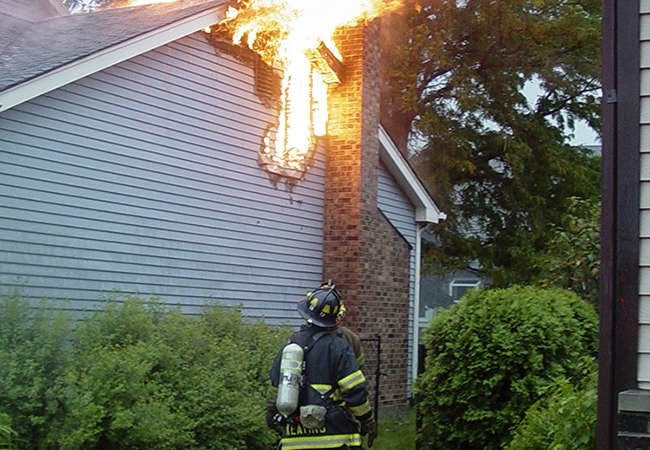

We may earn revenue from the products available on this page and participate in affiliate programs. Learn More ›
Home Advice You Can Trust
Tips, tricks & ideas for a better home and yard, delivered to your inbox daily.
Prepare, Don’t Panic
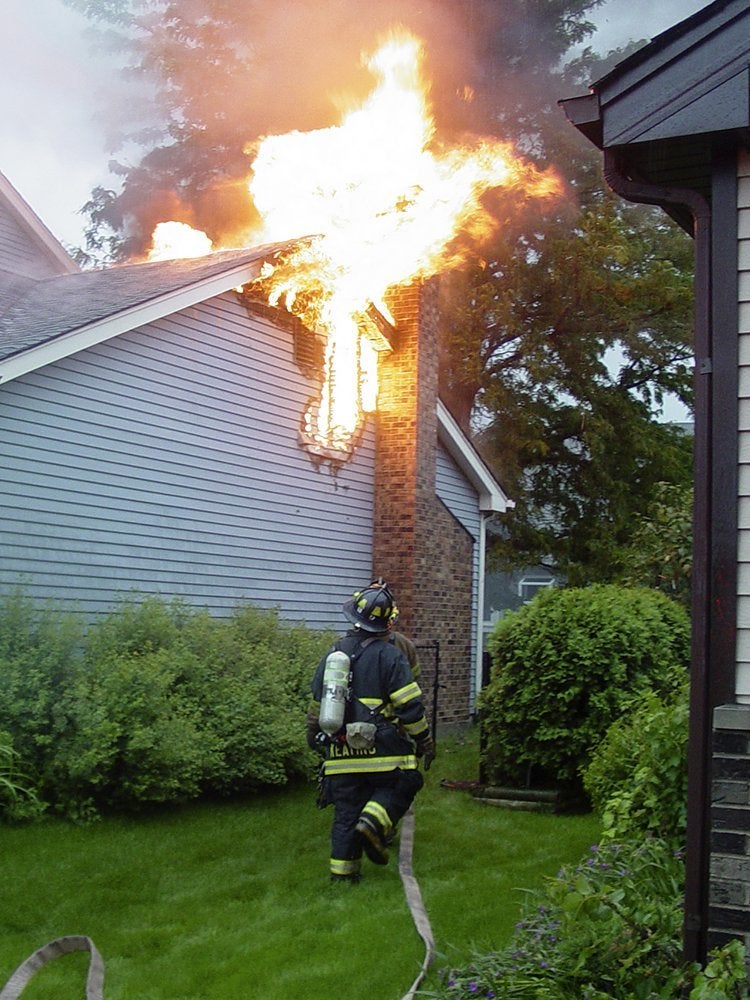
Emergencies happen with devastating results—yet most folks aren’t prepared to handle an extreme situation should it occur. According to Federal Emergency Management Agency (FEMA), 80 percent of Americans live in counties that have been hit with a weather-related disaster since 2007. Despite that statistic, FEMA says that nearly 60 percent of American adults have not practiced what to do in a tropical storm, brush fire, or other disastrous event, and only 39 percent have developed an evacuation plan.
It’s important that you and your family know how to respond to any emergency, making a household evacuation plan crucial. A solid plan will help you safely remove yourself from the situation and alleviate difficulties afterwards to get you back on your feet as soon as possible. Here are 10 reasons why you should make an evacuation plan today.
A plan identifies and defines the need for evacuation.
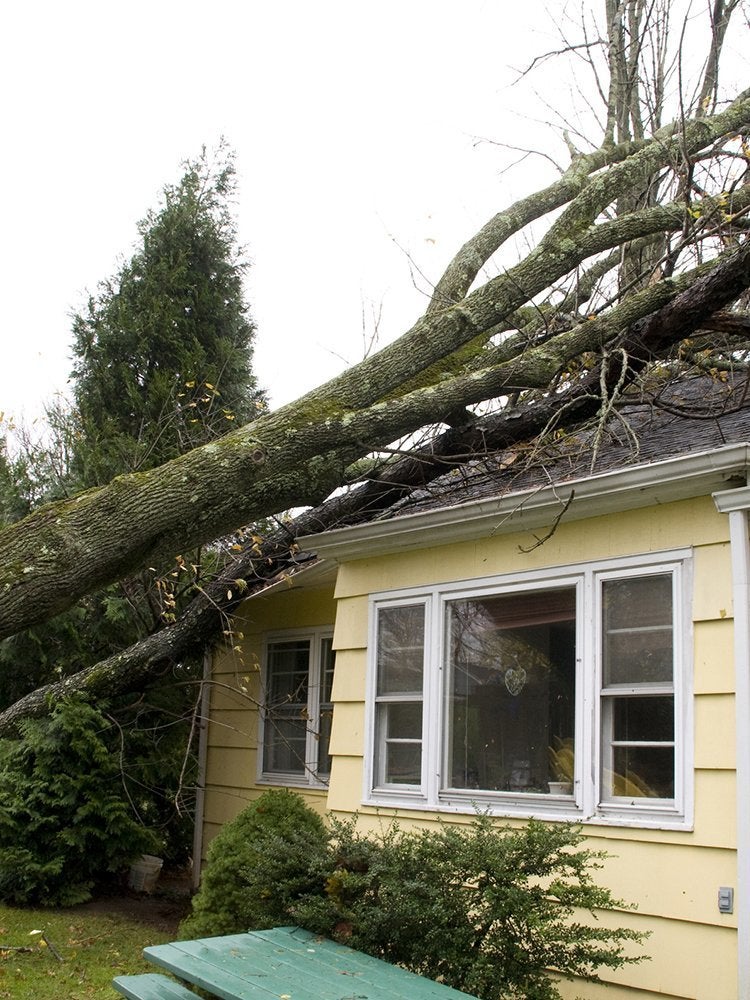
The first step in developing an emergency plan is holding a house meeting to discuss dangerous circumstances—and the potential results of not evacuating. Once everyone understands the reasons, identify the disaster risk in your area. While you can’t foresee everything, you can learn if your location is prone to such events as hurricanes, tornadoes, and seasonal flooding. Use your smart devices to research data and set up alerts through weather apps that will provide other community information as well, such as major fires, power outages, and chemical spills.
A plan improves everyone's chances of safely evacuating.
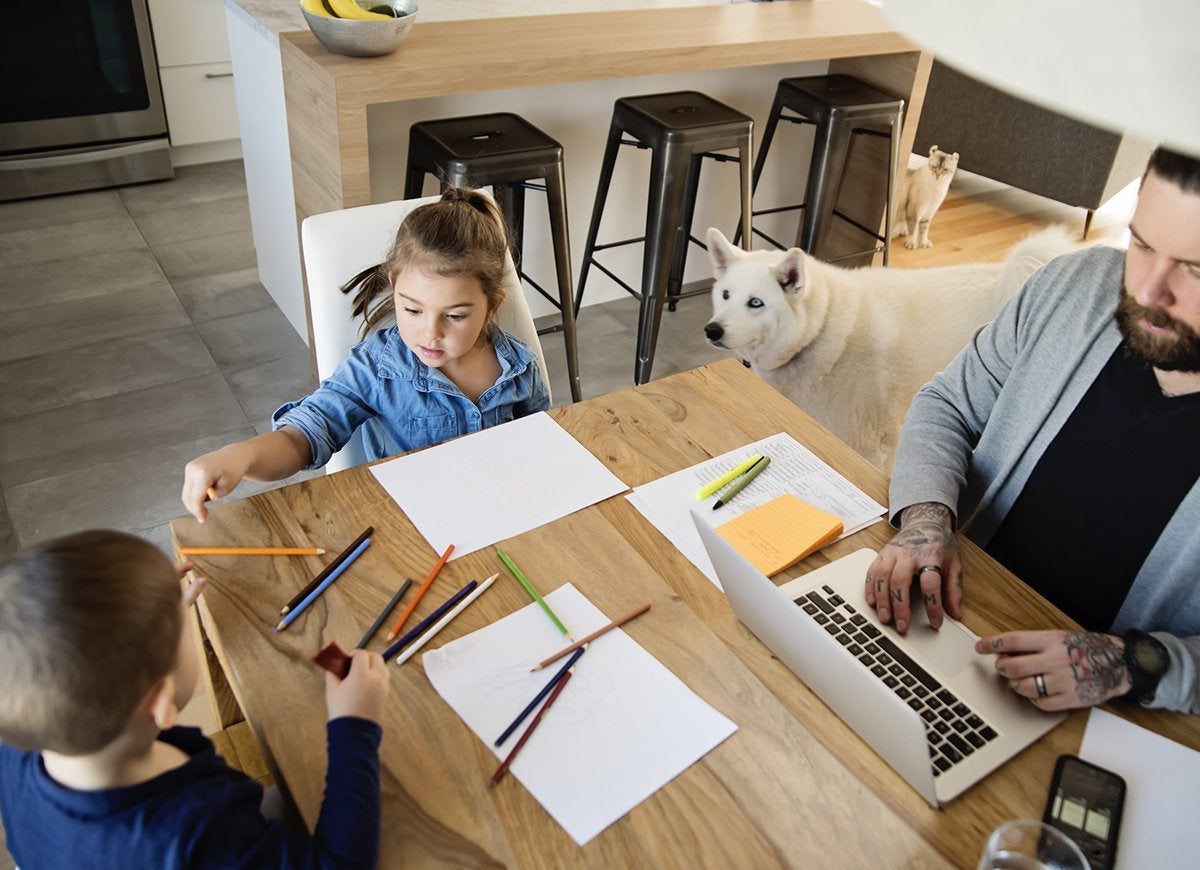
In the middle of an emergency, things can go downhill fast if there isn’t a chain of command set up in advance—especially if small children are involved. Decide who will be in charge and how the lines of communication will flow. Make a contact information list including extended family members, neighbors, and other important individuals/offices, such as medical facilities, doctors, schools, and service providers. Store the contact list in everyone’s phone and keep a printout in your evacuation kit. Ensure that younger children memorize your phone number, address, and full name. If they get separated from you, they will have some basic information that will aid authorities to help reunite you.
A plan sets direction and priorities.
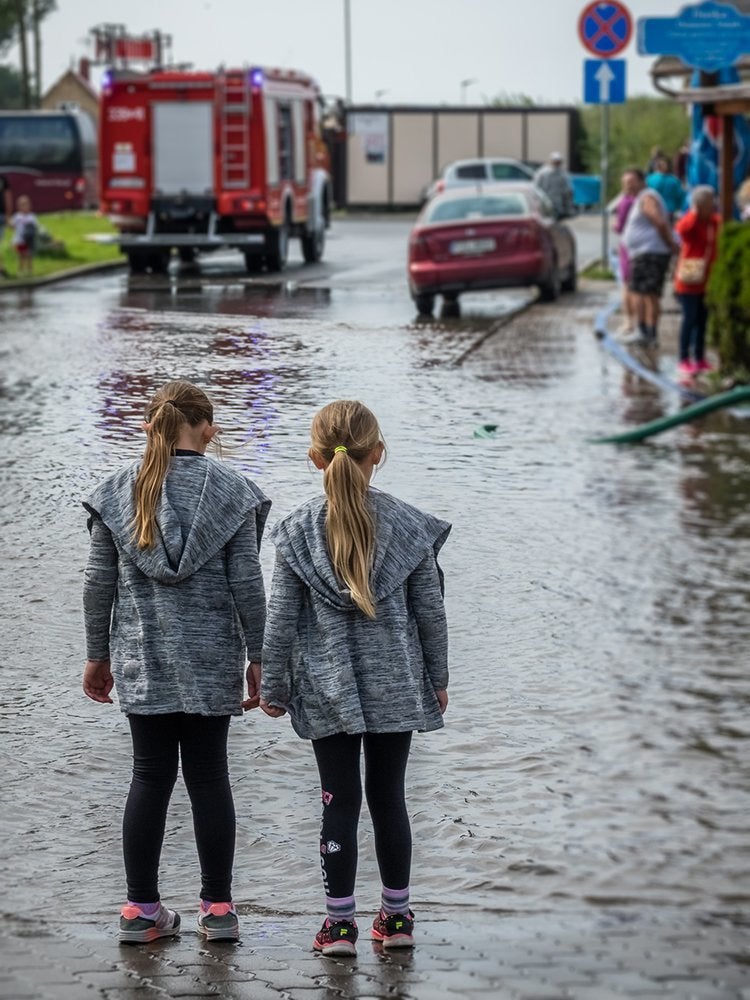
The goal of an evacuation plan is to get everyone out safely and quickly, and the best plan is a simple one. The more complicated, the more potential for confusion. Establish two disaster meeting places—one near your home, such as a neighbor’s house, for sudden emergencies like a residential fire, and one outside your neighborhood such as a nearby park or coffee shop if one or more family member is away from home when disaster strikes, so that person will know where to go to find you once they hear about the evacuation. All family members should know the phone number and address of these locations.
Include pets in your evacuation plan by assigning a family member the responsibility of getting animal companions leashed or stowed in a carrier. Since many hotels and shelters only accept service animals, gather info on pet-friendly accommodations and animal shelters that are along your evacuation routes.
It gets everyone on the same page.
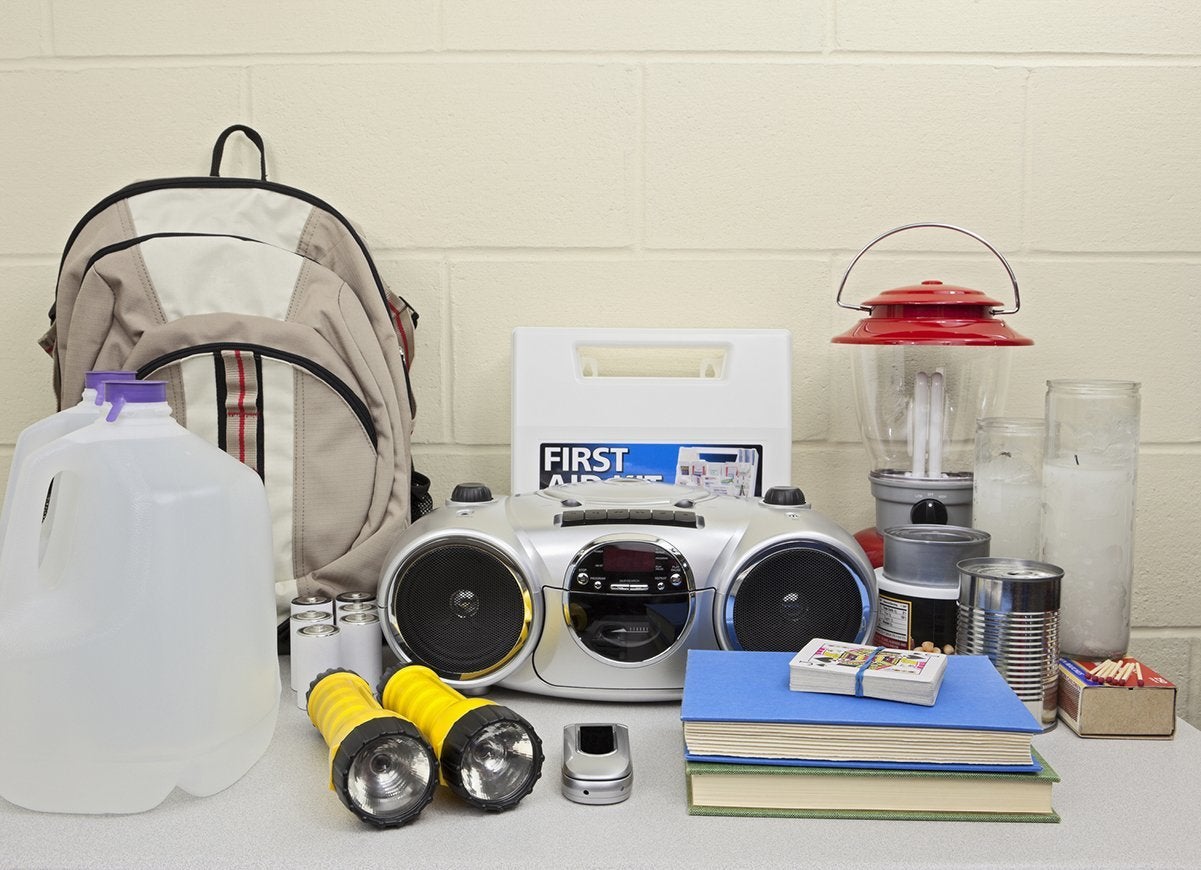
Everyone needs a defined emergency assignment. One family member can be in charge of getting the emergency kit or go-bag (a pre-packed, easily accessed supply kit), and another can make sure younger children and pets are ready to go. When everyone knows their job, there’s less panic. An easy way to determine an assignment is to create an evacuation checklist that should include:
- Household member information: Everyone’s name, date of birth, and cell phone number.
- Pet information: All pet names, species, microchip number, and veterinarian contact.
- Utilities, service contract, and insurance info: All policy IDs or account numbers, emergency contact numbers for water, gas, electric, sewer, cable, and home insurance.
- Emergency contacts: contact info for relatives, friends, and neighbors.
- Emergency kit/go-bag: The contents of the bag and the last time it was checked or stocked.
- Medical information: All doctors and current medication including condition meds are treating, dosage frequency, location in the household, and pharmacy contact.
- Home layout: Draw a layout of your home that includes locations of utility shutoffs for gas and electric as well as safety equipment, fire extinguishers, and emergency supplies.
- Disaster meeting places: List the nearby location and the spot designated outside of your neighborhood.
- General emergency situation information: List where and how you may be notified of an emergency and/or hazard. List media sources or county emergency contact information.
It simplifies decision making.

Trying to make important decisions in the heat of a stressful situation can lead to mistakes. A plan removes that stress and keeps things basic: Take only what you need and get your family out safely. Once you and your family are out safely, you can focus on finding a place to stay, contact extended friends and family members to let them know where you are, and call your insurance agents.
It builds confidence and competence.
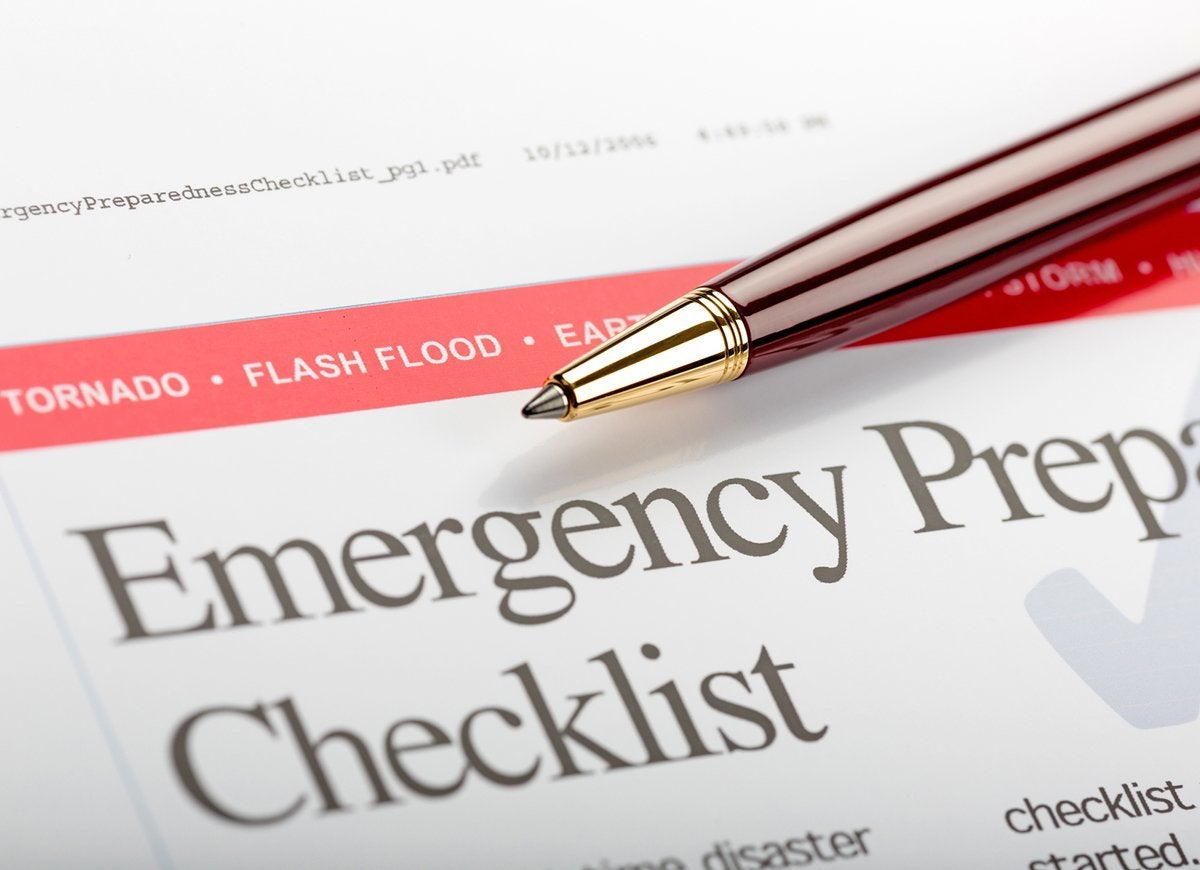
Practice makes perfect. Once you have a plan, rehearse it about every six months, including evacuation drills and meeting at the designated safe spots. Refer to your checklist to facilitate this process.
It allows for flexibility.
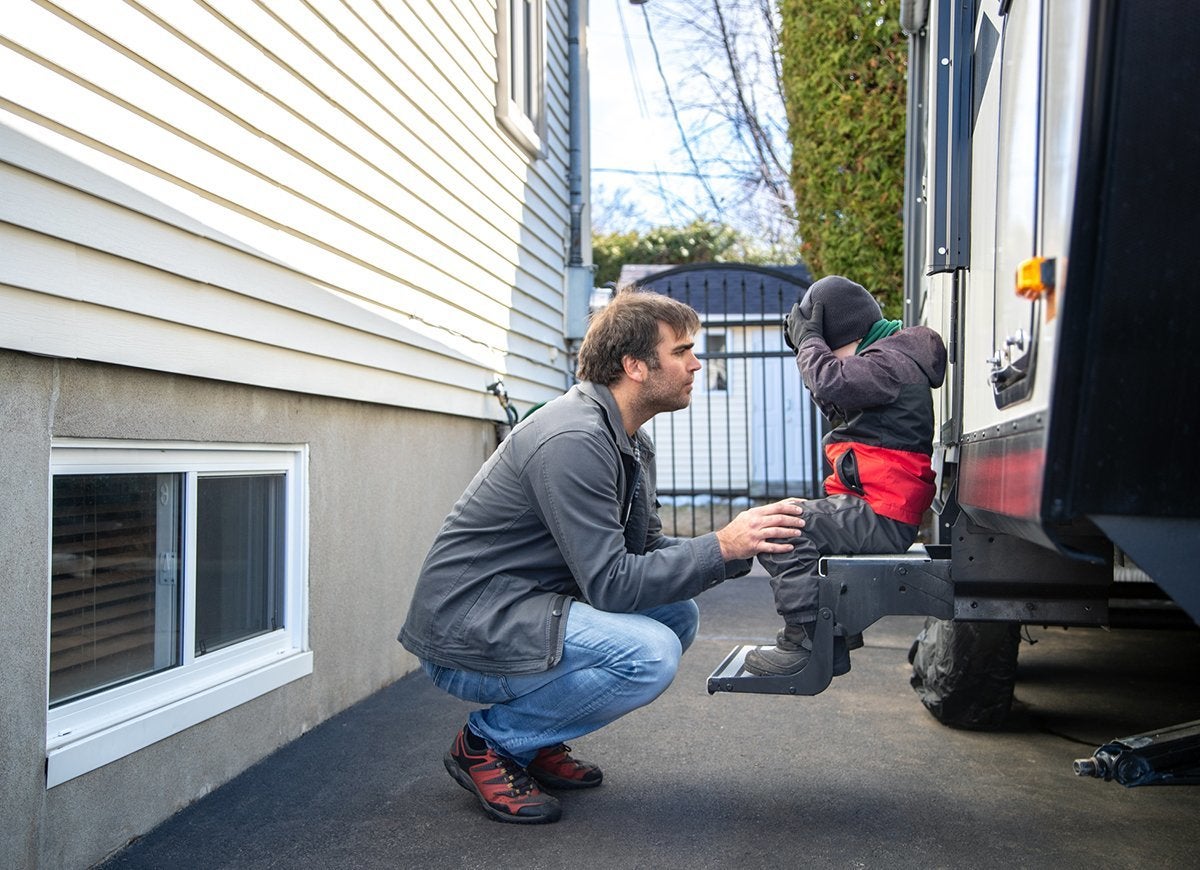
A real-life emergency situation may require you to alter your plan—if, for instance, a family member is away from home when the situation occurs—but having one in place will help you respond intelligently because you understand everyone’s responsibilities. You know your meeting places, who to call for help, and your role in enacting the plan. If you have a plan you can make decisions based on the information you possess, rather than on emotion or stress.
It allows for refinement.

Planning ahead doesn’t mean that the plan is set in stone. After practicing your emergency evacuation, hold a family meeting to talk about what went right or wrong. This gives everyone a chance to ask questions and make revisions. Changes in the plan should be noted and practiced.
It clearly communicates the goal.
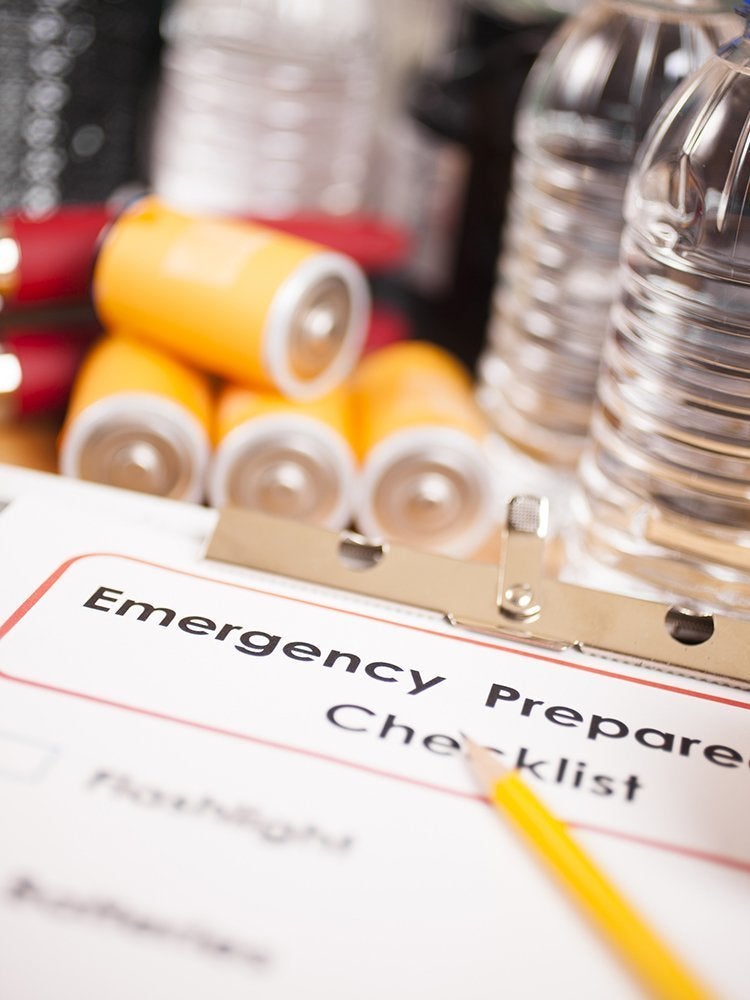
You have an emergency evacuation plan and each family member has clearly defined responsibilities to make it go as safely and smoothly as possible. Every family member should have a printed copy of the plan with their role highlighted for emphasis.
It gives you peace of mind.
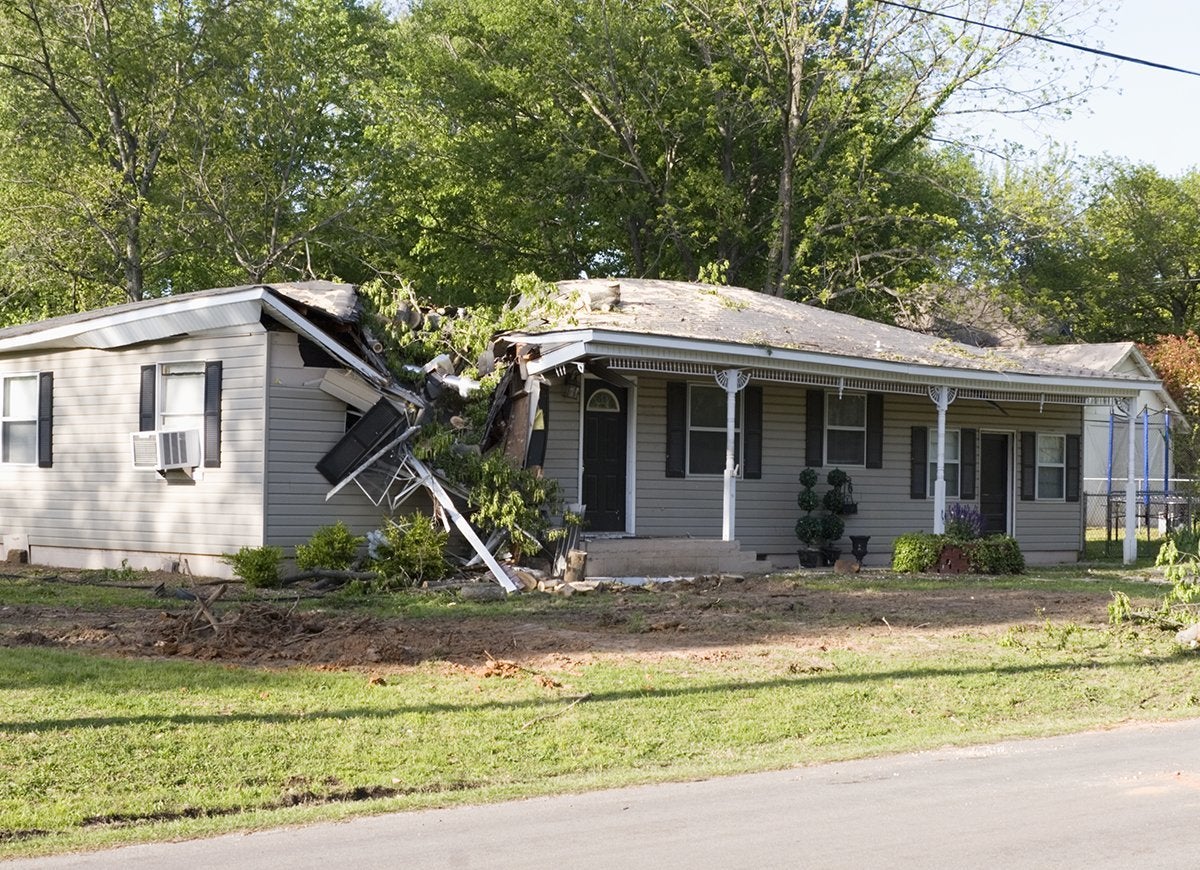
Hopefully, you’ll never have to implement your emergency evacuation plan—but knowing it’s in place can relieve a lot of anxiety. You’ll know you’re prepared to manage whatever comes down the pike!

After Testing 20 Air Purifiers, We Found One That Does Something the Rest Can’t
Same functionality, different package? Not with this Sans air purifier, which offers more advanced filtration and features than most models I’ve tested—without a premium price tag.
